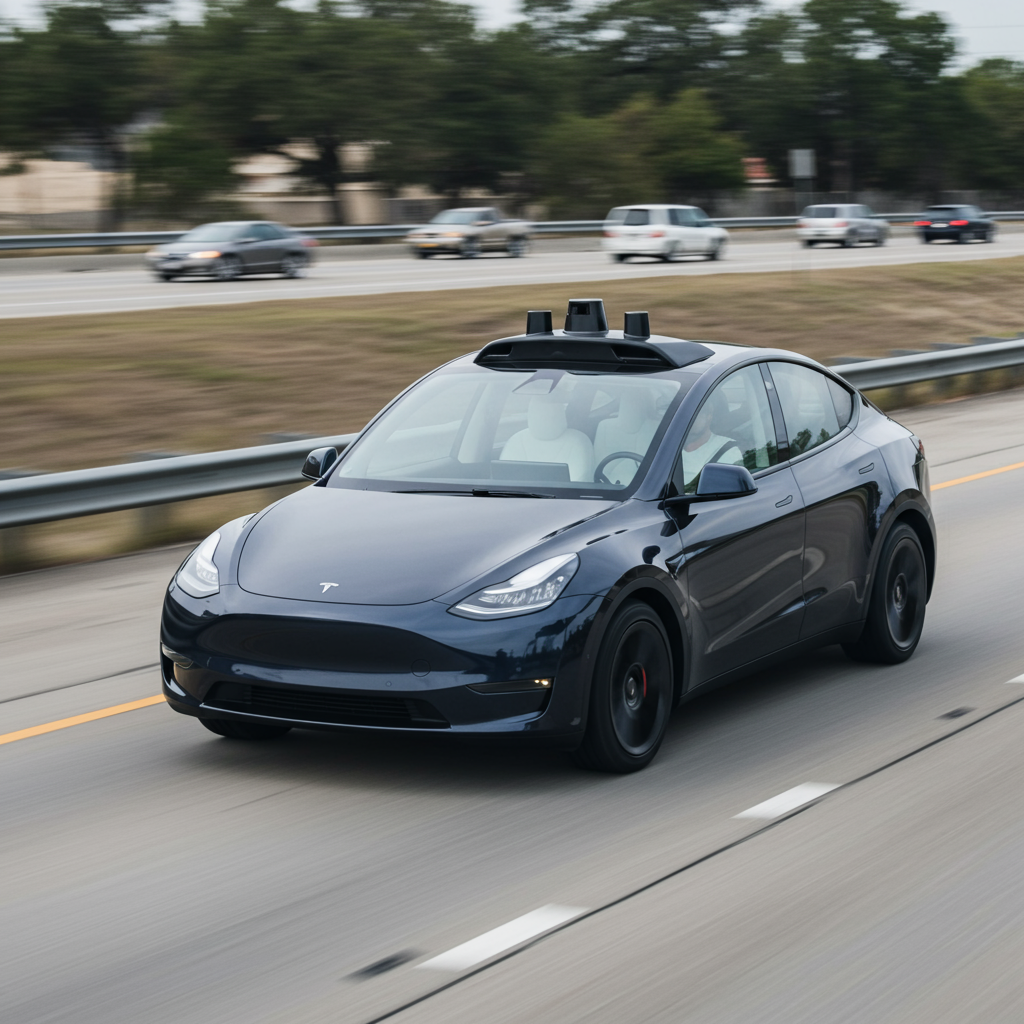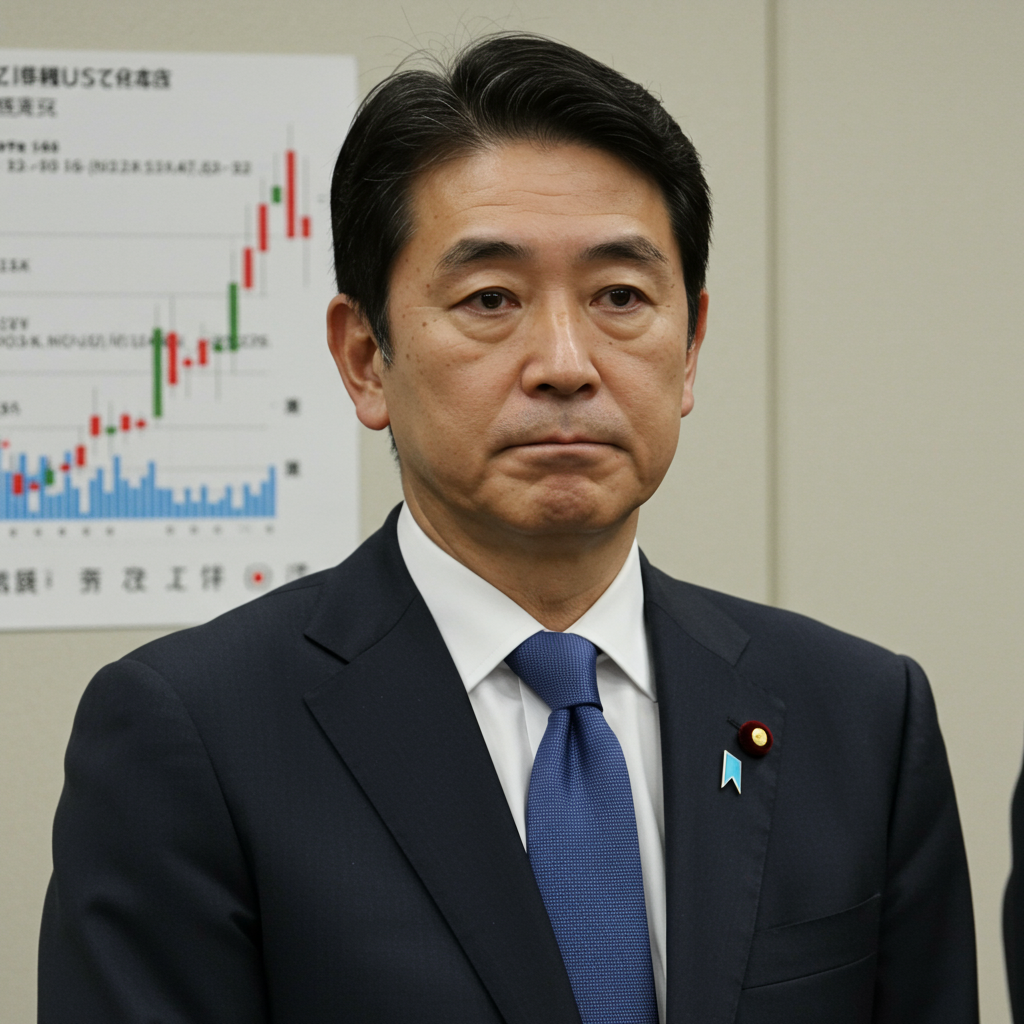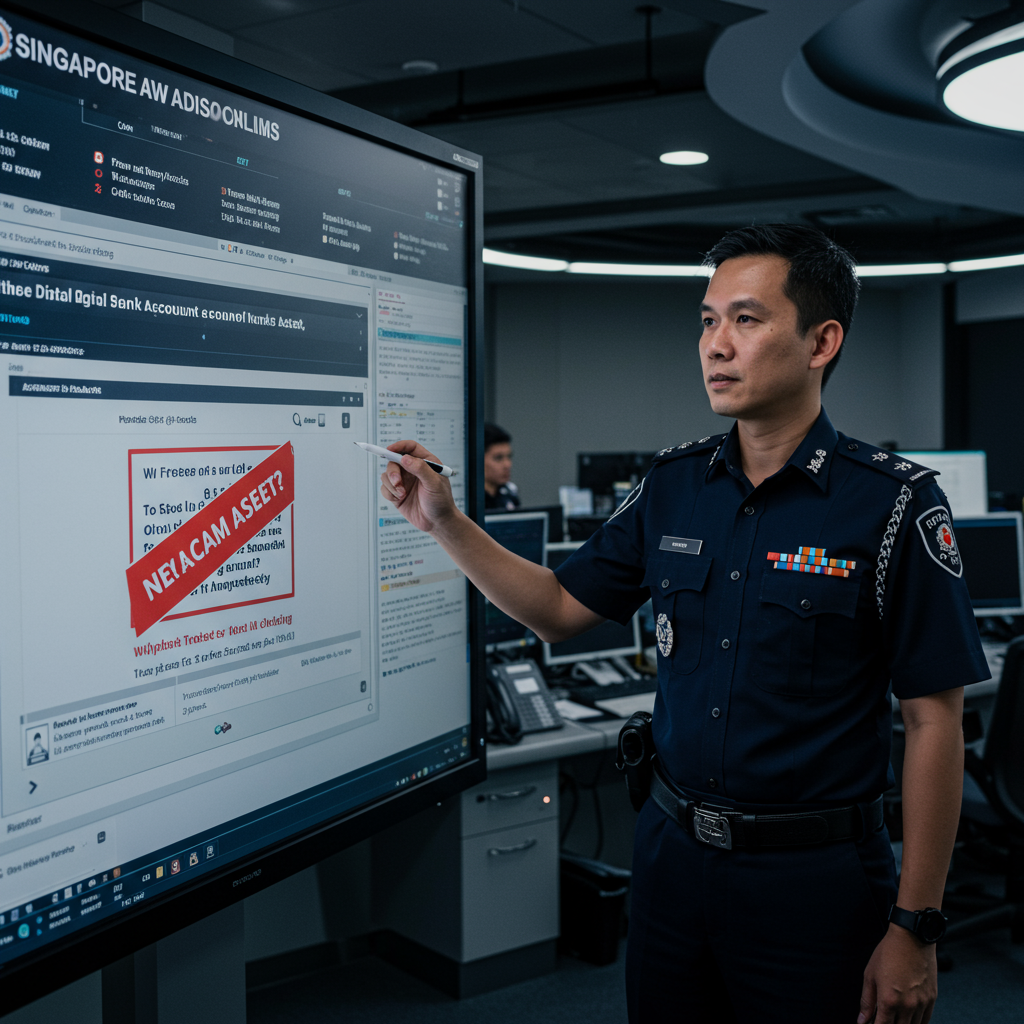Tesla recently marked a potentially significant milestone in its autonomous driving journey, claiming the first-ever fully driverless delivery of one of its vehicles directly from the factory floor to a customer’s home. This unique event involved a Tesla Model Y navigating public roads in Texas without anyone inside or remotely controlling the vehicle. The car successfully completed the journey, reaching speeds up to 72 miles per hour on the highway, according to a Tesla engineer. This test, conducted on June 27th, highlights the company’s ongoing efforts to advance its Full Self-Driving (FSD) technology and potentially pave the way for new logistical possibilities.
The specific vehicle involved was a Model Y produced at Tesla’s Gigafactory in Texas. The reported destination was a customer located in Austin, Texas. The trip took approximately 30 minutes, covering a mix of environments, including parking lots, city streets, and sections of public highway. This inclusion of highway driving was particularly notable, as previous testing of Tesla’s Robotaxi software had reportedly been limited to geofenced urban areas without highway capabilities.
A Glimpse into the Autonomous Future
The entire journey was reportedly documented. A Tesla Cybertruck equipped with external cameras followed the self-driving Model Y through Austin traffic. Inside the Model Y, cabin cameras reportedly confirmed that all seats remained empty throughout the autonomous drive. Tesla stated the car was running its FSD (Supervised) software along with a new Robotaxi platform designed specifically for this test delivery. The company strongly emphasized that the drive was “fully automated” and occurred with “no human intervention,” whether from occupants or remote operators.
Upon reaching the customer’s residence, the vehicle reportedly performed standard procedures, including signaling a pull-over and activating hazard lights before Tesla employees met the new owner. This autonomous delivery demonstration builds upon earlier tests where Tesla vehicles drove themselves from the factory production line to loading docks within the Gigafactory Texas facility.
The Claims from Tesla
Tesla CEO Elon Musk announced the successful test on social media, hailing it as the “first fully autonomous delivery of a Tesla Model Y from factory to a customer home across town, including highways.” He extended congratulations to Tesla’s AI teams responsible for both the software and the underlying AI chip design. Musk reiterated the key claim: “no people in the car at all and no remote operators in control at any point,” emphasizing that it was “FULLY autonomous.” He asserted that, to the best of their knowledge, this was the inaugural fully autonomous drive on a public highway conducted without any occupants or remote control.
Ashok Elluswamy, the head of Tesla’s Autopilot and AI divisions, corroborated details about the drive. In a separate post, he mentioned that the vehicle attained a maximum speed of 72 mph (115 kph) during the highway portion of the journey. Elluswamy described the successful drive as “the new normal,” suggesting that such autonomous delivery methods could become a routine aspect of Tesla’s operations in the future.
Contextualizing Tesla’s Milestone
While Tesla presented this event as a potential “world first” for a driverless highway journey, it’s important to consider the broader landscape of autonomous vehicle development. The Business Insider report accompanying the initial information provided valuable context. While the Tesla Model Y’s delivery might stand out as among the very first passenger vehicles to complete such a driverless trip on an interstate without a human onboard, other autonomous systems have recently been operating on public highways.
For example, Waymo, Google’s self-driving car company, received regulatory approval in 2024 to begin testing its driverless vehicles on freeways. Although Waymo’s robotaxis are not yet permitted to carry passengers on highways during these tests, their vehicles are navigating interstate systems autonomously. Furthermore, self-driving freight trucks developed by companies like Aurora have already been operating commercially in Texas since early May. These autonomous trucks traverse major routes like Interstate 45, often at speeds comparable to or exceeding the 72 mph reached by the Tesla Model Y, given typical speed limits of 70-75 mph on Texas interstates.
The distinction here might lie in the nature of the operation. As noted by Not a Tesla App, conducting the trip as a “logistics delivery” – essentially moving cargo (the car itself) – rather than a commercial ride-hailing service might have allowed Tesla to operate without a safety monitor or face stricter regulations typically applied to passenger transport services. This potential regulatory nuance could explain the unsupervised nature of the drive compared to Tesla’s currently operating Robotaxi service in Austin, which does include safety monitors.
Implications for FSD and Beyond
Regardless of whether it’s the absolute first driverless highway run compared to commercial trucking, this demonstration represents a notable achievement for Tesla’s FSD program. The technology has faced numerous delays over the years since Elon Musk’s initial ambitious timelines for full autonomy. A successful, unoccupied factory-to-customer delivery involving highway speeds and complex environments like city streets suggests a significant leap in the system’s capability and confidence.
The potential implications are vast. For Tesla, proving the capability for autonomous delivery could streamline logistics, reduce delivery costs, and accelerate the process of getting new vehicles to customers. It opens up a new potential business application for the FSD software, extending its use beyond passenger transport to vehicle movement itself. This event is seen as a substantial step towards achieving true Level 4 autonomous capability – where the vehicle can handle all driving tasks under specific conditions without human intervention – particularly in scenarios not involving human occupants.
This contrasts with the current state of FSD (Supervised), which still requires active driver attention and supervision at all times. While the delivery used FSD (Supervised) alongside a new Robotaxi platform, the key takeaway is the absence of human oversight during the drive, distinguishing it from how FSD (Supervised) is currently intended for consumer use.
The Path Ahead for Driverless Tech
The successful test also highlights the competitive landscape in the autonomous vehicle space. While Tesla focuses on a comprehensive FSD system applicable across its consumer fleet, companies like Waymo and Aurora are deploying specialized autonomous solutions for specific use cases, such as robotaxi services in geofenced areas or long-haul trucking. Each approach presents unique technical and regulatory challenges.
Tesla’s ability to execute an unsupervised driverless delivery involving highway travel suggests that its FSD technology, despite past criticisms and delays, is progressing towards more robust capabilities. However, scaling this capability for widespread commercial use – either for future deliveries or for full-fledged unsupervised robotaxi services – will depend on further technological refinement, rigorous testing, and navigating complex regulatory hurdles across different jurisdictions.
The “new normal” envisioned by engineer Ashok Elluswamy, where cars simply drive themselves off the production line to their owners, remains a vision. But this recent demonstration provides a concrete, albeit singular, example of how that future might begin to take shape, powered by advancements in Tesla’s self-driving software and AI hardware. It serves as a tangible point of progress in the long and challenging road toward mass-market, unsupervised autonomous transportation.
Frequently Asked Questions
What specific event did Tesla recently claim as a major autonomous driving milestone?
Tesla claimed the first fully autonomous delivery of a new vehicle from its Gigafactory in Texas directly to a customer’s home in Austin. This event involved a Tesla Model Y driving itself approximately 30 minutes across various environments, including highways, without any human occupants or remote operators.
Is this type of fully autonomous vehicle delivery available to all Tesla customers now?
No, this autonomous delivery was described as a specific test involving a new Robotaxi platform and FSD (Supervised) software, conducted under specific conditions potentially related to vehicle logistics rather than passenger transport. It demonstrates a potential capability, but this method is not currently a standard option for general customer deliveries or widely available unsupervised driving for owners.
How does Tesla’s claimed driverless highway speed compare to other autonomous vehicles operating on public roads?
During the autonomous delivery, the Tesla Model Y reportedly reached speeds up to 72 mph on a Texas highway. While impressive, this speed is comparable to speeds achieved by other autonomous vehicles already operating on public highways. For instance, self-driving freight trucks from companies like Aurora have been running on Texas interstates (where speed limits can be 70-75 mph), and Waymo has received approval for driverless freeway testing (though not yet with passengers). Tesla’s unique claim focuses on this being potentially the first passenger vehicle delivered this way without occupants or remote control on a highway.



